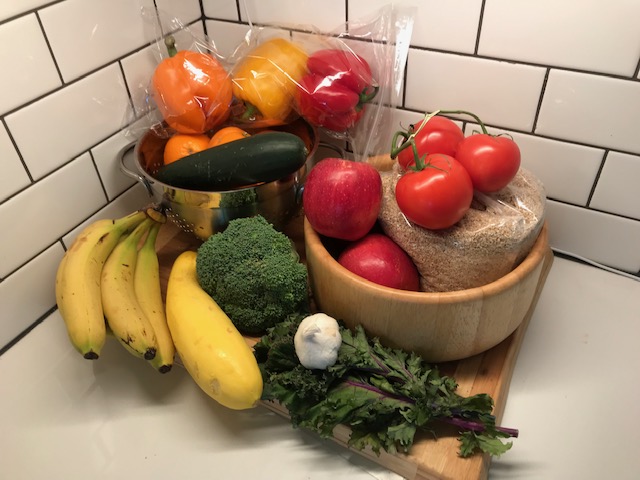USDA VERSUS BUSTER’S DIET RULES II
The USDA new food labelling guidelines came out at year’s end and probably will lead to confusion for many. A rule of thumb here is to do your work to understand the changes. The new labelling scheme eliminates the well-known GMO, GE and GM (genetically modified organisms, genetically engineered/genetically modified) terms. The new term which can be on the a round green label is bioengineered or derived from bioengineering. However, in lieu of the label there can be a text message phone number or a QR code to smartphone interface with to get the product’s information. One simple way to looked at it is: “Bioengineered really equals GMO”.
It gets more complicated because up to 5% bioengineered content does not have to be disclosed due to accidental or unintended actions. Only at 5% and over is the product labelled bioengineered. The European standard is 9/10s of a percent. For animal and fish products no consideration is required if they were fed/raised with bioengineered corps and foods. Additionally, highly processed and refined items like cooking oils and sugars which have very low detectable and non-detectable levels (i.e., below 5%) of modified genetic materials will require no disclosure—think soda, fast food, etc. Lastly, small food manufacturers (Under $2.5M in sales), restaurants, food trucks, and grocery store prepared foods are exempt from the labelling. Roughly 70% of what Americans eat has some bioengineered fingerprints.
Some good news: USDA Organic and Non-GMO Project Verified labels will remain. However, hydroponically grown plants now can be called organic which is another subject which will take a little understanding. Hydroponic plants have been around for centuries and can be totally organic, better yet you can do it yourself and not worry about the big suppliers and bioengineered “seed or starter plants” or unintended accidents coming into play.
The US average longevity has leveled off, flatten and even dropped (before the pandemic) for many reasons starting around 2010. For a so-called advanced Country, we can do better.
Consider the “Blue Zones” for some very worthwhile insights into better health and longevity.
It is noted that the average age of death in the US in 1900 was about 47 years, however, for the Amish it was about 70. Today the Amish are about the same as the US population average, some interesting lesson.
A quick Google Earth scan over the rural area I grew up shows very few back gardens-it used to be close to 100%. Think good about all the lost good fresh produce, exercise and stress reduction.

